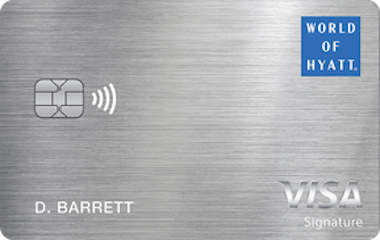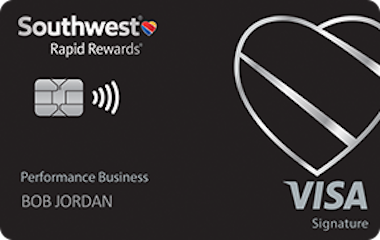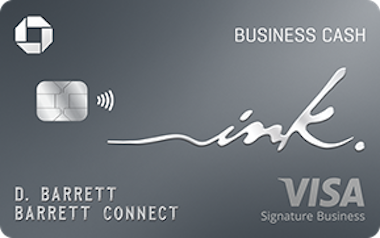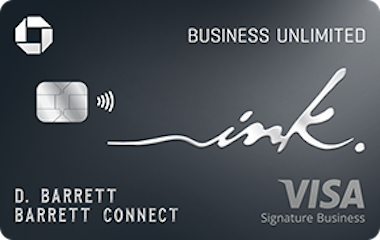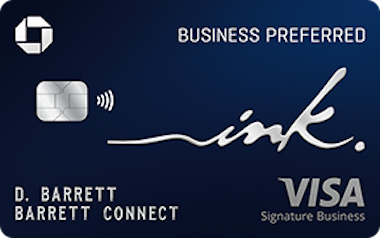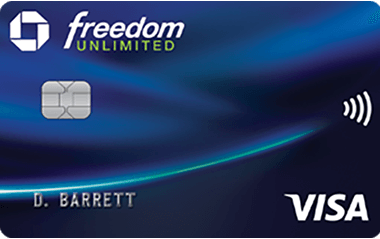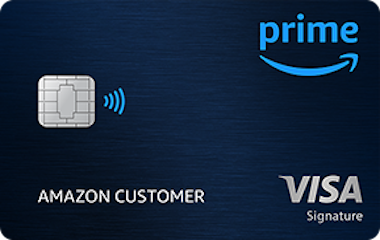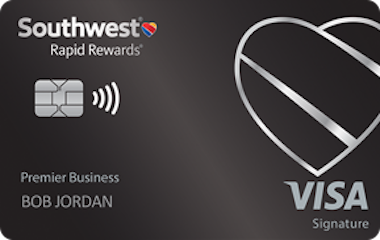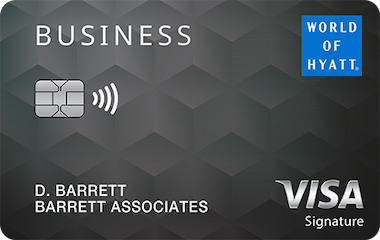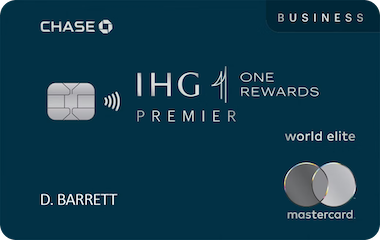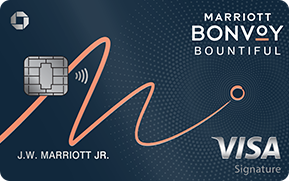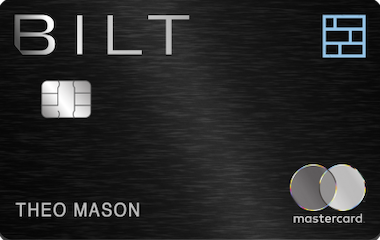Approval Rules Chase 5/24 Rule Explained
Your application will be declined if 5 new cards are reported on your personal credit report in the past 24 months
Deep Dive into the 5/24 Rule
The most important rule to consider in collecting points is the “5/24 rule.” The rule is simple: If you get 5 personal credit cards in any 24-month period, you’re automatically prohibited from getting a 6th Chase card. You cannot get another card until you’re under the “5-new-cards-in-24-months” threshold.
Two important notes:
- Capital One business cards also count toward your 5/24 limit.
- Technically you become eligible on the first day of the month following the expiration of the 24 month timer on your 5th oldest card (we know, it's kind of 5/25)
In most cases, you’re trying to remain at either 4 or 5 personal cards in a rolling 24-month period. That’s the best strategy for maximizing your points.
In other words, you’re always looking at the 24-month anniversary date of your 5th oldest personal card — so that you can add another personal card.
All of this can be confusing and a pain to keep track of. That's why we designed the Point Navigator to keep track of all of it for you.
As an example, consider the following scenario.
You apply and are approved for the following 5 cards, all personal:
Timeline:
- January 2023: Chase Sapphire Preferred
- May 2023: Capital One Venture X
- December 2023: American Express Green
- May 2024: World of Hyatt
- October 2024: United Explorer
Important to know:
The fifth card, the United Explorer, tripped the 5/24 rule. You won’t be eligible to get a new personal card from Chase until the oldest of these 5 cards is 24 months old. In this example, the Chase Sapphire Preferred card (opened in January 2023) falls out of your 24-month window in February 2025 (remember it's the first day of the month following the expiration of your 24 month timer). At that point, you can replace the Chase Sapphire card with a new card.
If you apply for a new card at this point, you would again be at the 5/24 threshold — until June (2025) when the Capital One Venture X would fall out of your 24-month window (the first day of the month following when your 24 month timer ends). This means you’d be eligible to get another personal card from Chase after June. After that, you’ll have to wait until January 2026 when the American Express Green card falls off.
Related Rules
How Does This Affect Your Credit Card Strategy?
This is the most important rule that affects your strategy, as you always have to know what your 5/24 status is. You must also know when the oldest personal card you own moves outside that 24 month window.
This is the time when your strategy should include business cards. As noted above, Capital One business cards do count against your 5/24 status. However, both Chase and American Express Business cards do not count (among others, but these are most popular and lucrative). You can own as many Chase and/or Amex business cards you want without it impacting your 5/24 status.
Consider the following example:
Using business cards to prolong your 5/24 status
Timeline:
- January 2023: Chase Sapphire Preferred
- March 2023: Capital One Venture X
- July 2023: American Express Business Gold
- October 2023: American Express Green
- January 2024: Chase Ink Business Cash
- April 2024: World of Hyatt
- September 2024: Chase Ink Business Preferred
- December 2024: United Explorer
Important to know:
In the above example, by applying for three business cards and spacing them out between your personal cards, you were able to add three more cards and their signup bonuses to your stockpile of points. You would trip the 5/24 rule in this scenario after applying for the United Explorer card, but in February 2025 (remember that you have to wait until the first day of the month AFTER the 24 month clock expires) the Chase Sapphire would fall off since it would be 24 months since you applied for it. So you would be eligible for another personal card at that point, and having just applied for the United Explorer card in December, you probably won’t be ready for a new card in February anyway.
Using the regular signup bonuses offered by these cards, you would have collected 540,000 miles in bonuses alone. In the first scenario above, where you only applied for five personal cards and no business cards, you would have collected 305,000 points.
That extra 235,000 points by adding in business cards is significant. This also doesn’t take into account the extra miles you receive from purchases made to earn that signup bonus, any elevated bonuses you could have gotten, referral bonuses if you’re playing the two player game, and any other benefits you would have received from all these cards. As you can see, the hobby can be quite lucrative, and as long as you strategize, you can get around this 5/24 rule and always be working towards a new signup bonus. It’s the most important rule to keep in mind when deciding what card to apply for next.
By adding all your card information into Points Navigator, you won’t even have to pay close attention to this or any other rule though. We’ll take care of that for you, and we’ll come up with the best strategies to maximize your points collection.
Importance of this Rule
* * * * *
5/24 is the most important credit card rewards rule there is - it's the golden rule of the credit card points and miles hobby. You’ll see it referenced constantly in articles and social media groups when discussing which card to apply for next. When asking for advice, the first question you will usually get is, “What is your 5/24 status?”
All other rules follow this one.
Cards Subject to This Rule
FAQs
Are there exceptions to this rule?
Yes, by adding business cards to your card application strategy, you should be able to always stay below your 5/24 status. It’s important to know that Capital One business cards do count towards your 5/24 status, so treat those just like you would a personal card.
Chase business cards are most popular to mix in within your personal cards, for a few different reasons. First, there are several different Chase Ink cards on the market. Second, you can be approved for and hold two (or more) of the same Chase Ink business cards at once, which opens your options even more. It is still important not to abuse this. Chase has tightened approvals for their business cards over the past few years. If you open a card, get the signup bonus, stop spending on that card, and then apply for a new one and keep doing this, at some point they will deny you. Be strategic and spread out your card applications by bank and business/personal cards.
You can also use American Express business cards to break up your personal card applications. Just be aware that Amex has a separate 1/10 rule (sometimes seen as once per lifetime) that says you can’t get the signup bonus on the same card more than once every 10 years (some use “lifetime” instead of “10 years” because most Amex cards are refreshed every 10 years). Either way, you may want to be on the lookout for elevated signup bonuses for Amex cards since you can only get the bonus once every ten years, at best.
How do I check my status?
The easiest way is to load all your cards into the Points Navigator system. Once you do this, we’ll keep track of this and all other rules. We’ll flag each one so you don’t apply for a card that you won’t get approved for. You can also start a spreadsheet to track all of your cards, when you apply, are approved, and receive the signup bonus, but this becomes like a part time job. Might as well let us simplify it for you.
Do business cards count for this rule?
Capital One business cards do count for this rule, so treat those just like you would any personal card. However, Chase, American Express, Citi, Bank of America, US Bank, Wells Fargo, and PNC business cards do not count against your 5/24 status and are safe to sprinkle in between personal card applications. Chase and American Express have the most popular business card options to add to your card repertoire to stay under your 5/24, so most people start with those.
Do product changes on existing cards count for this rule?
The short answer is no. A product change is when you call the credit card company and ask to downgrade (or upgrade) an existing card you have. You might want to do this when you have a card with an annual fee that you don’t think is worth the cost. You can call and ask to downgrade the card to a no fee card in the same family of cards. For example, if you have a Chase Sapphire Reserve card and don’t want to pay the hefty $550 annual fee anymore, you can call and ask to downgrade the card to a Chase Freedom Flex or Unlimited card that doesn’t have an annual fee. When you do this, it’s considered a product change, not getting a new card, so that change should not count against your 5/24.
There is the rare instance where you might want to upgrade an existing card. If you do this, ask if there will be a hard credit pull. If the answer is yes, then there is a chance the upgraded card will count against your 5/24. There are rarely situations where we would recommend upgrading a card, so this scenario is not common, but if you find yourself doing this, make sure you do the appropriate research if you’re concerned about your 5/24 status.
About Approval Rules
Collecting credit card points is largely driven by understanding and abiding by bank rules regarding approval (or disapproval) of cards. So here's what you need to know:
- Approval rules are rarely fully publicized by the banks
- We use our own research and data points from other users in creating the rules listing
- Our goal in sharing/using the rule listings is to provide you guidance to avoid getting declined
- There can sometimes be exceptions to the rules, but we try to take a more cautious approach in advising you.





